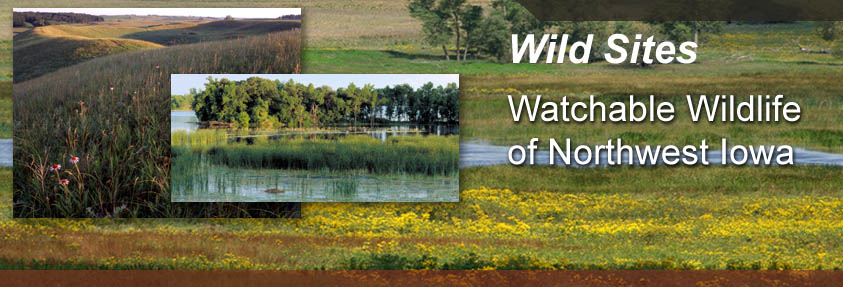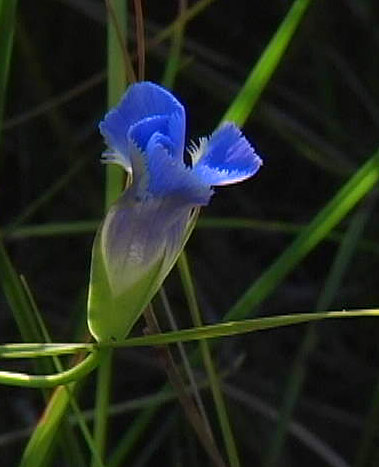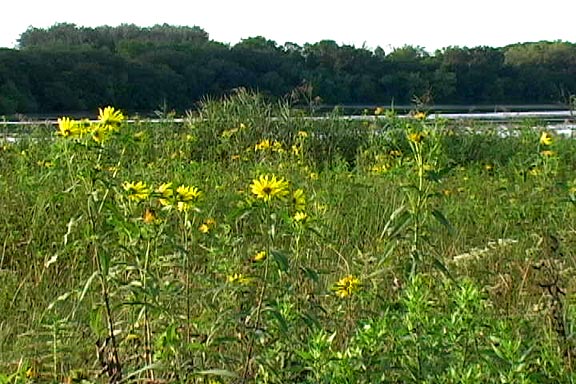 |
||||||
 |
||||||
 |
 |
|||||
| Silver Lake Fen
Fens are wetlands characterized by continuous sources of ground water rich in magnesium and calcium. Fens are able to support a much more diverse plant and animal community because they are fed from groundwater sources rather than surface runoff. Over time fens may become bog like and the ground will bounce as you walk over it. Treat this area with special care. A fen is a very FRAGILE habitat!! Geological History Fens typically develop in areas affected by ancient glacial activity. As the glaciers melted thousands of years ago sand and gravel was deposited over glacial till in certain locations creating an underground path which would eventually come to the soil surface as a seep or boggy area. Location Description The Silver Lake Fen is an artesian fen. It has a high nutrient level and is characterized by saturated organic peat. The fen is fed by groundwater that is somewhat alkaline. The peat ranges in depth from 161/2 to 191/2 feet thick. Go down the slope toward the west to see numerous poorly drained pools ranging from 1 to 10 feet long and 2 to 6 inches deep. This fen is more similar to fens in the far north than it is to other fens in Iowa. Plants and Animals This fen contains 108 plant species including several that are threatened or of special concern. Four orchid species can be found within the fen (Bog Twayblade, Hooded Ladies Tresses, Leafy Northern Green Orchid and Small White Lady Slipper). Other specialized plants include the Grass of Parnassus, Common Arrow Grass, Slender Arrow Grass and Lesser Bladderwort. Several bird species frequent this area including the Upland Sandpiper. There have been seven snail species and many butterflies including the rare Baltimore Checkerspot found at this fen. Driving Directions and other Information
Educational Activity: |
||||||
|
To View Silver Lake Fen via Google Map - Click HERE (Please disable your browser's popup blocker to view map) |
||||||
|
|
||||||